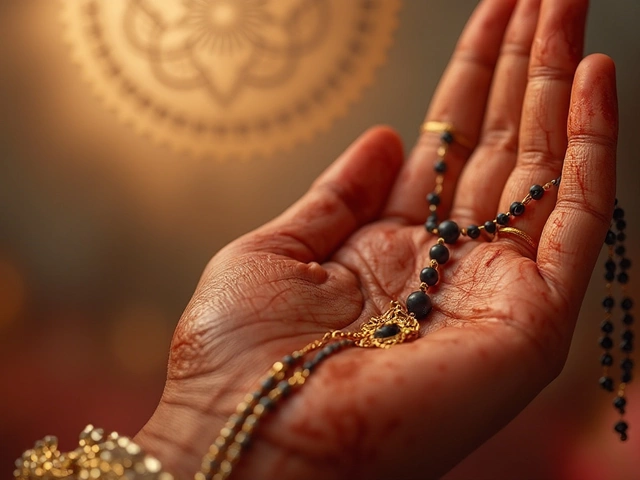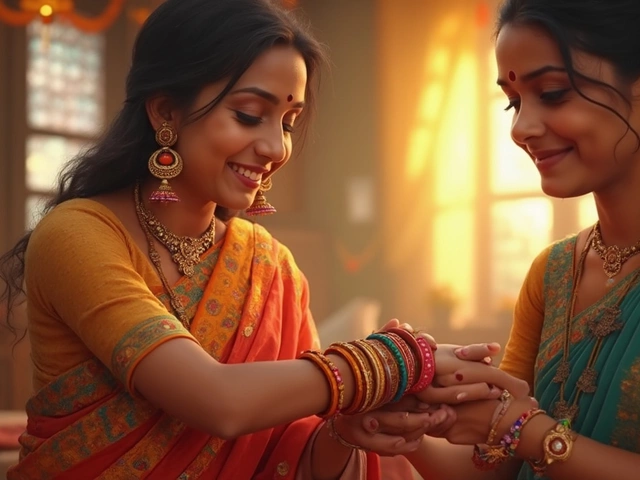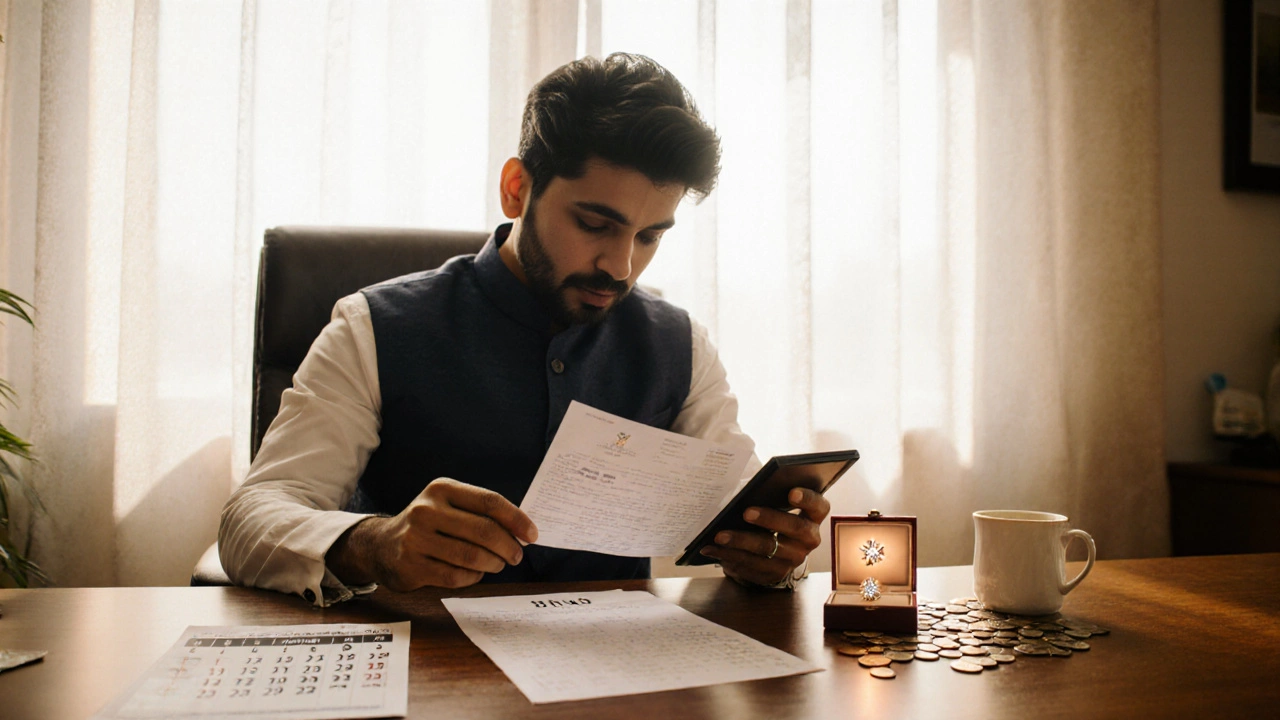
Engagement Ring Budget Calculator
Your Estimated Engagement Ring Budget
Based on your inputs, your estimated budget for an engagement ring is: ₹0
This includes:
- Diamond: ₹0
- Gold Band (0g): ₹0
- Making Charges (3%): ₹0
- Tax (GST 3% on gold, 5% on diamond): ₹0
Key Takeaways
- The traditional rule of thumb is 2‑3 months of the groom’s gross salary, but modern couples often adjust based on income, debt and personal style.
- As of Oct2025, 1carat of certified VS1‑VVS2 diamond costs between₹1.8Lakh and₹3.5Lakh, while 22k gold is about₹5,350 per gram.
- Choosing a lower‑carat diamond with higher clarity or a mixed‑metal setting can keep the total under₹2Lakh without looking cheap.
- Always buy from sellers who provide a Hallmark stamp for gold and a reputable certification (GIA, IGI, or IDC) for diamonds.
- Factor in taxes, making charges, and insurance; they can add 10‑15% to the sticker price.
When planning that big "yes", Engagement ring cost in India is the amount you’ll spend on a ring that blends diamonds, gold, cultural expectations, and personal taste. The pressure to follow old “salary‑rule” myths can lead to overspending or, conversely, feeling guilty about a modest purchase. This guide breaks down the numbers, the market, and the smart ways to stay within budget while still getting a ring that dazzles.
1. The traditional "salary rule" - myth or useful guide?
For decades Indian families have whispered that a groom should spend the equivalent of 2‑3months’ gross salary on the ring. The rule dates back to a time when most incomes were steady and debt was minimal. In today’s gig‑economy, many couples earn irregularly, carry student loans, or split costs with families.
To decide if the rule works for you, start with the Salary gross monthly earnings before tax. Multiply by two for a conservative budget, three if you have a larger disposable income, and adjust downwards if you’re paying for a high‑end diamond or gold weight.
Example: A groom earning ₹80,000 per month would target ₹1.6‑2.4Lakh for the ring. If his partner’s family contributes or if they plan a modest ceremony, the figure could be trimmed to ₹1Lakh without breaking tradition.
2. Current market snapshot - diamonds and gold in 2025
Diamond prices are quoted per carat and vary by cut, color, clarity and certification. As of October2025:
- VS1‑VVS2, D‑F color: ₹1.8‑₹3.5Lakh per carat
- SI‑SI2, G‑H color: ₹1.2‑₹2.0Lakh per carat
- Lab‑grown diamonds: roughly 40% cheaper, ₹1.0‑₹1.8Lakh per carat
Gold prices are driven by international markets and the Indian GST of 3%. 22k gold (91.6% purity) is the standard for Indian jewelry, costing about ₹5,350 per gram, while 18k (75% purity) sits near ₹4,200 per gram.
| Component | Typical Size / Weight | Price Range (₹) |
|---|---|---|
| Certified natural diamond | 0.5ct | 90,000‑150,000 |
| Certified natural diamond | 1ct | 180,000‑350,000 |
| Lab‑grown diamond | 1ct | 100,000‑180,000 |
| 22k gold band (5g) | 5g | 26,750‑28,500 |
| 18k gold band (5g) | 5g | 20,900‑22,500 |
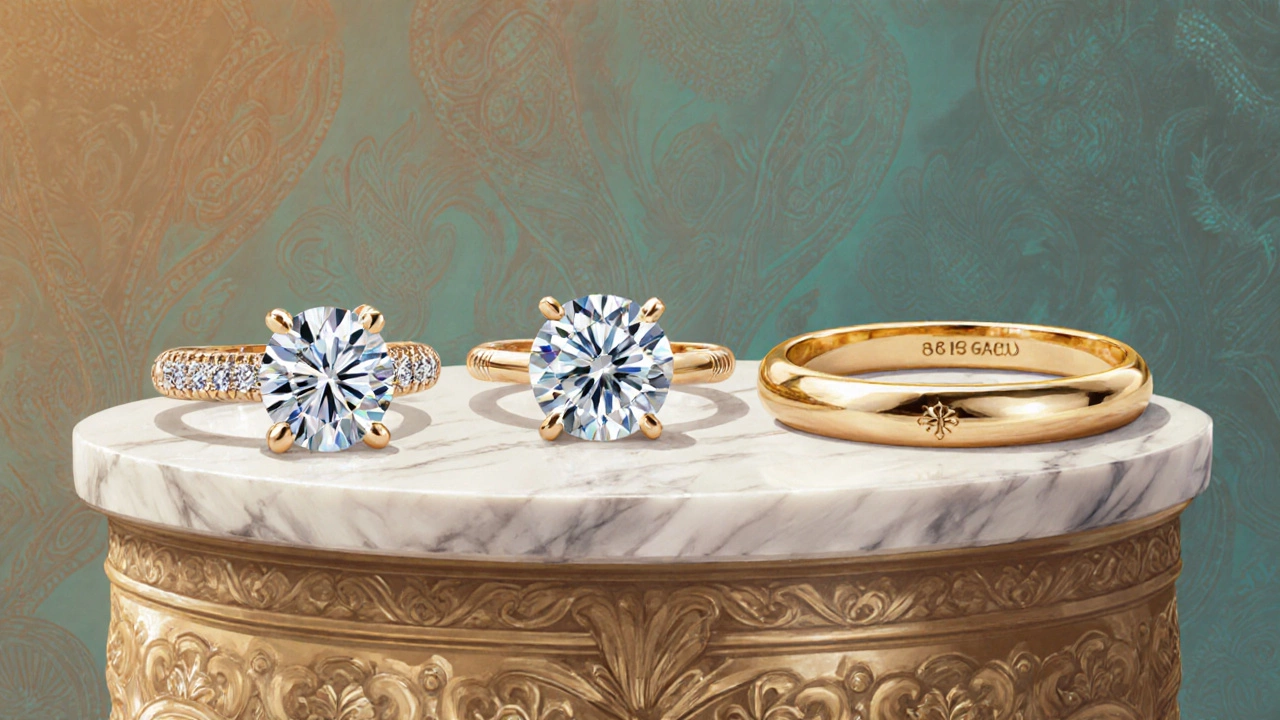
3. Choosing the right metal and carat weight
Diamond a carbon crystal cut for brilliance and Gold a precious metal measured by karat purity are the two main cost drivers.
- Carat vs. clarity trade‑off: A 0.75ct VS2 diamond often looks as sparkling as a 0.5ct VVS1, but costs 30‑40% less.
- Metal choice: 22k gold is traditional and hypoallergenic, but 18k offers a lighter feel and lower price, letting you allocate more money to the stone.
- Mixed settings: Pairing a 0.6ct diamond with a 18k gold shank can land you a premium look under ₹1.5Lakh.
Consider also the Hallmark the legal stamp confirming gold purity in India. Rings without a Hallmark may seem cheaper but can hide sub‑standard alloys.
4. Budget‑friendly checklist
- Set a maximum spend based on salary rule adjusted for your financial picture.
- Decide the priority: larger stone vs. heavier metal.
- Look for certified sales (GIA, IGI, IDC) and Hallmark‑stamped gold.
- Ask for a detailed invoice that separates stone cost, metal cost, making charge, GST, and any insurance.
- Negotiate making charges - many Indian jewellers quote 2‑5% markup that can be lowered.
- Consider buying online from reputable portals; they often list transparent prices and offer return windows.
5. Cultural expectations and regional nuances
In North India, a sizeable diamond is seen as a status symbol, while South Indian families may prefer a heavier gold band with intricate filigree. In metro cities like Mumbai or Delhi, couples are more open to lab‑grown stones and mixed‑metal designs.
Family input can affect the budget but remember that the ring is ultimately a personal promise. If relatives push for a higher spend, explain the long‑term financial impact - many families now appreciate a pragmatic approach.
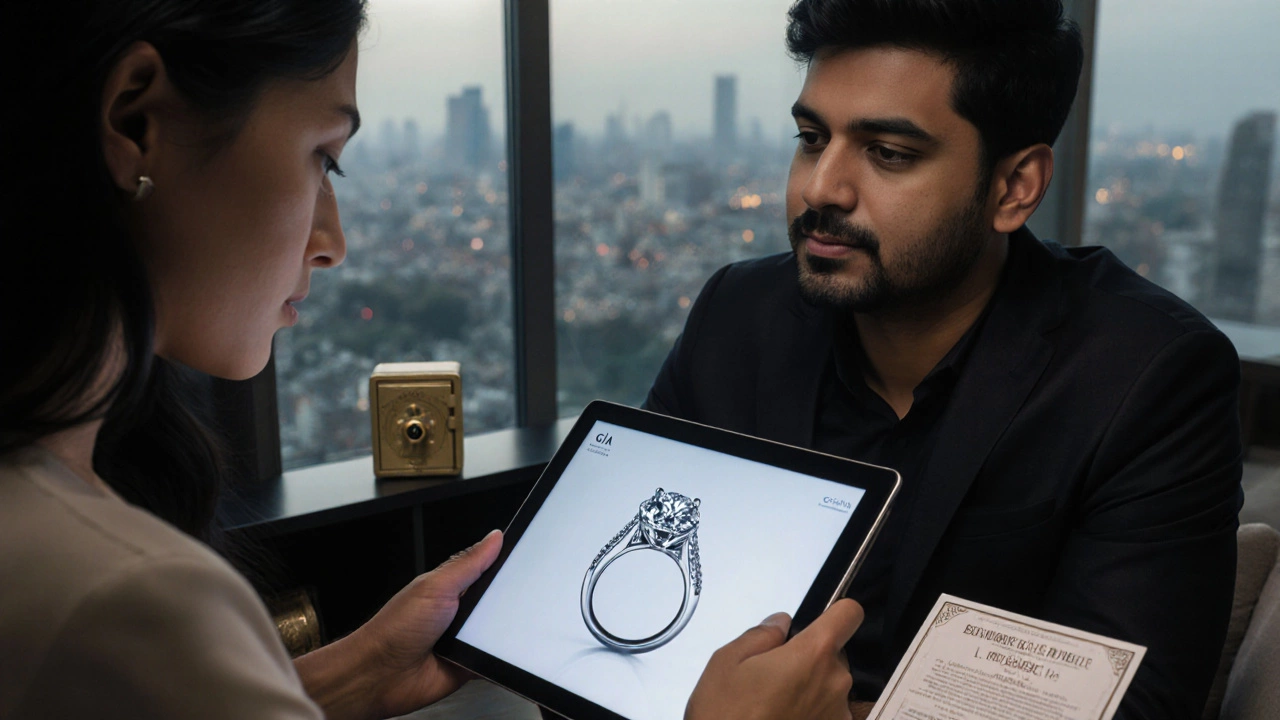
6. Buying safely - certifications and reputable sellers
For diamonds, look for one of these certificates:
- GIA (Gemological Institute of America) - internationally recognized.
- IGI (International Gemological Institute) - common in Indian markets.
- IDC (Indian Diamond Council) - focuses on domestic standards.
Gold should come with a Hallmark a stamp from the Bureau of Indian Standards confirming purity. Reputable brick‑and‑mortar stores like Tanishq, Kalyan Jewelers, and online platforms such as CaratLane or Bluestone provide these guarantees.
Before sealing the deal, request a 360° video of the ring, a written return policy, and a copy of the insurance appraisal if you plan to insure the piece soon after purchase.
Frequently Asked Questions
Is the 2‑month salary rule still relevant in 2025?
It’s a useful starting point, but you should adjust based on debt, savings, and how much you value the diamond vs. gold. Many couples now spend less than the rule suggests and still feel satisfied.
How much does a 0.75ct VS1 diamond cost today?
Roughly ₹150,000‑₹250,000 depending on cut quality and certification. Prices fluctuate with market demand and the jeweller’s markup.
Can I mix 18k gold with a 22k gold band?
Yes, many designers create dual‑metal settings. It keeps the ring lighter while preserving the traditional look of 22k gold at the top.
Are lab‑grown diamonds a safe investment?
Lab‑grown stones are chemically identical but hold less resale value. They’re perfect for a sentimental ring where cost‑effectiveness matters more than future resale.
What hidden costs should I expect?
Beyond the stone and metal, factor in GST (3% on gold, 5% on diamonds), making charges (2‑5% of metal cost), insurance (about 0.5% of the ring’s value per year), and shipping if buying online.
Next Steps
1. Calculate your personalized budget using the salary formula and the checklist above.
2. Browse certified listings on trusted sites and note the price per carat for your preferred diamond grade.
3. Visit a Hallmark‑stamped jeweller with your shortlist and ask for a side‑by‑side comparison of 22k vs. 18k settings.
4. Get a written quote that breaks down stone, metal, making, tax, and insurance.
5. If the price feels high, revisit the trade‑off matrix - a slightly lower carat with a better cut often looks more brilliant than a bigger, poorly cut stone.
By grounding your choice in real market data and clear budget rules, you’ll avoid the pressure of vague traditions and walk away with a ring that truly feels right - both in style and in price.
